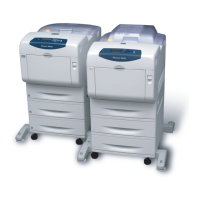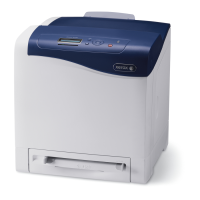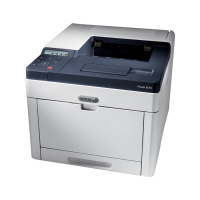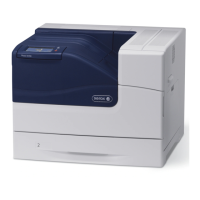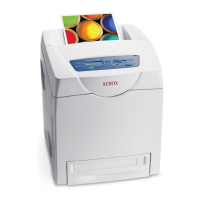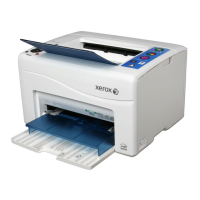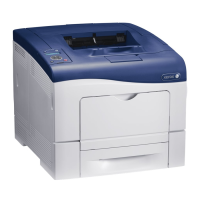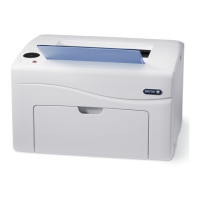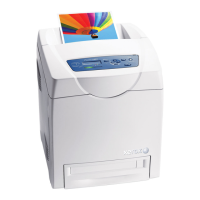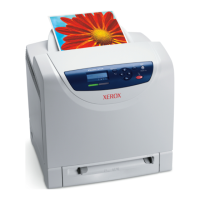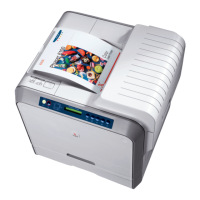Error Messages and Codes 3-9
Using the Troubleshooting Procedures
1. Applicable Status Code(s) lists the error message(s) addressed by each
troubleshooting procedure.
2.
Applicable Parts and Wiring and Plug/Jack References assist you in locating
information available for a particular part or procedure.
3. Follow each
Step in a troubleshooting procedure sequentially in the order given
until the problem is fixed or resolved.
4. The
Actions and Questions box instructs you to perform a certain action or
procedure. Also included are precautions and/or additional procedures you must
follow to isolate the problem.
5. When a procedure instructs you to test a component using Service Diagnostics,
see "Service Diagnostics" on page 4-6 for the detailed steps and functions for
testing parts, assemblies, or subsystems of the printer.
6. Some actions are followed by a question. If your response to the question is
Yes,
then follow the instructions for a
Yes reply. If your response to the question is
No, then follow the instructions for a No reply.
7. Note that two types of photo sensors are used: photo-reflective and photo-
receptive. Photo-reflective sensors use light reflected back from an object to
detect its presence or absence. Photo-receptive sensors use an actuator or the
object itself to block the light path to detect an object or condition.
8. Troubleshooting procedures frequently ask you to take voltage readings or test
for continuity or resistance at certain test points. The
Wiring and Plug/Jack
References
table provides pointers to the diagrams that provide this information.
9. Troubleshooting procedures often ask you to replace a printer component. When
instructed to replace a non-spared component and that component is part of a
parent assembly, replace the entire parent assembly.
Measurement Techniques
1. Unless indicated otherwise, the instruction “switch On printer power” means for
you to switch On printer power and let the printer proceed through Power On Self
Test (POST) to a ‘Ready’ condition.
2. Conventions used in this manual to represent connectors
3. When instructed to take voltage, continuity or resistance readings on wiring
harness, proceed as follows; Check P/J 232–1 to P/J 210–5 by placing the red
probe (+) of your meter on pin 1 of P/J 232, and place the black probe (–) of your
meter on pin 5 of P/J 210.
s6300-081
PlugJack
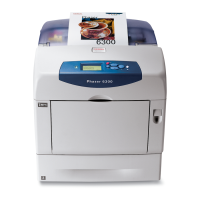
